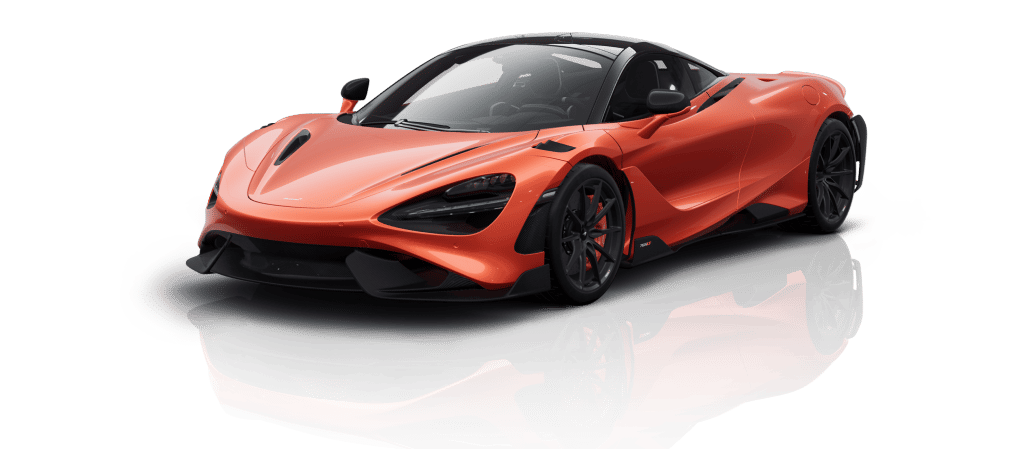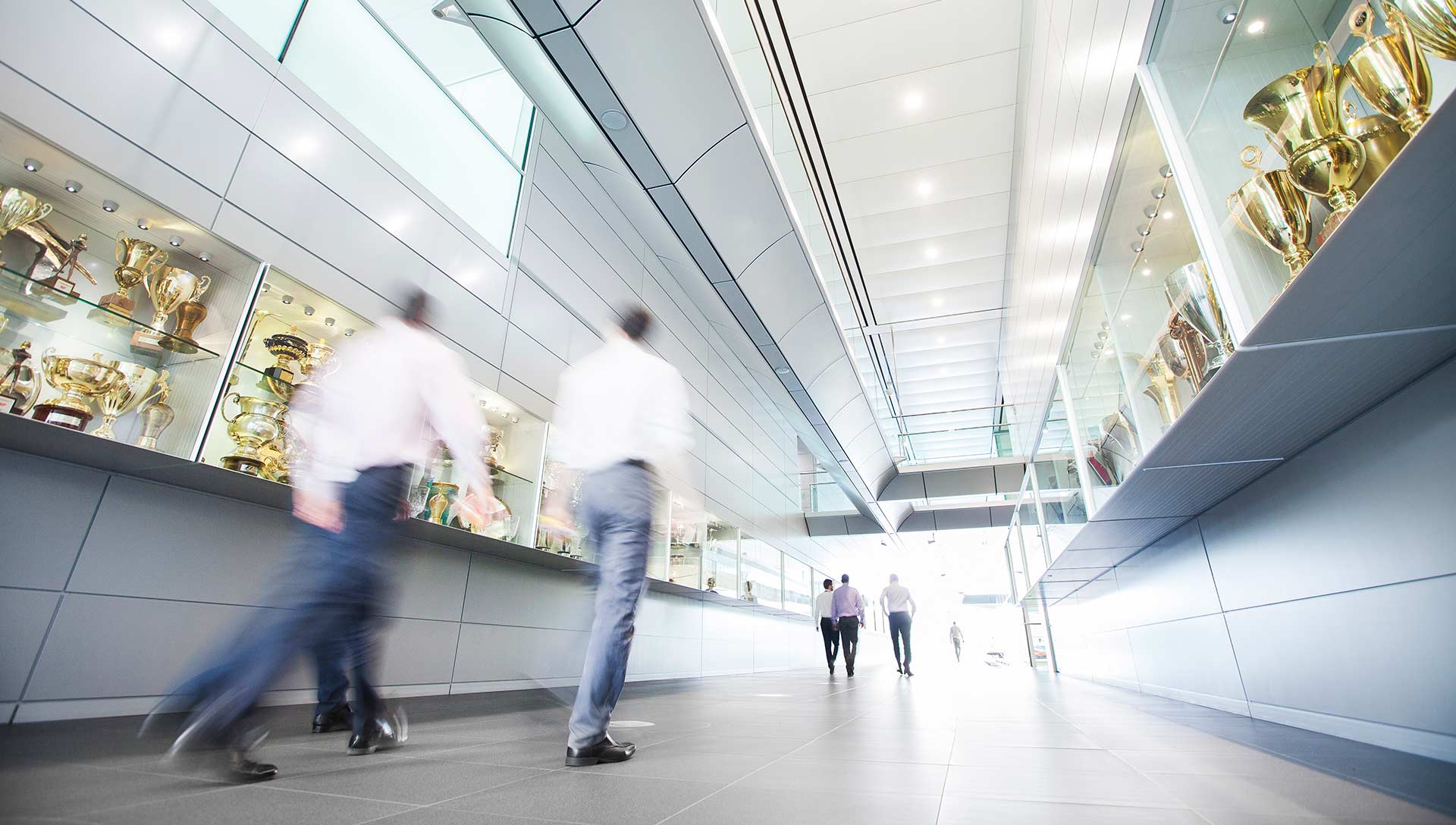
Turkey track guide
High speed, low speed, gradient changes and overtaking opportunities: this circuit has it all
Formula 1 returned to the enchanting Istanbul Park in 2020 after a nine-year absence. We all have fond memories of thrilling wheel-to-wheel battles here, but can you remember what it takes to drive a perfect lap around this 3.3-mile circuit? Don’t worry if you can’t, luckily, McLaren F1 test and development driver Oliver Turvey is on hand to reveal the secrets to success ahead of the Turkish Grand Prix – including how to master the infamous Turn Eight.
Take it away Oliver…
Did you miss me?
It’s so easy to miss the apex of Turn One. The corner is blind, and the track drops downhill. You can carry quite a lot of speed through here and, even though there’s not a particularly big braking zone at the end of the straight, you can overtake – but you want to be alongside the other car to stand a realistic chance of making a move stick. You can make use of the kerb on exit, but you don’t want to run too wide – a clean exit is essential because you’ve got a long, uphill drag all the way through Turn Two.

Compromise
Like Turn One, the entry to Turn Three is blind. It’s quite a fast corner and, even though the track starts to drop away from you again, it’s so tempting to try to carry more and more speed through here. You can’t afford to get carried away because it will compromise your entry for the off-camber Turn Four, which is immediately followed by Turns Five and Six. These corners all link together: your speed and positioning through Turn Three will influence how you take Turn Four and so on.

Where’s my reward?
It’s a long run to Turn Seven, so getting good traction out of Turn Five enables you to accelerate through Turn Six and down the straight. Turn Seven is downhill on entry, but the track climbs again at the apex. The positive camber means you can really attack this corner – it’s long, open, rewarding and a lot of fun to drive.

Crazy Eight
With four apexes, Turn Eight is a very unique corner. The aim is to be as smooth as possible but that’s easier said than done and made harder by the fact that the track is bumpy here. It’s the longest corner drivers will face all season and they will be able to take it flat. They will be pulling more than 5 g, making it a real physical test and particularly tough on the neck. Although there are four apexes, you don’t hit all of them. You want to miss the first apex a little, so you can open up the entry of the corner; this then sets you up to clip the second and third apexes, and you miss the fourth because you’re really just exiting the corner at this point.

Not so simple
Turn Nine is a typical 90-degree corner, but it’s one of the most important corners at Istanbul Park because it leads onto the longest straight. If you attack too much on entry you will compromise your exit, which will reduce your speed down the straight and through the flat-out Turn 11. Turn 10 adds to the challenge, as it tightens up your exit – but you can at least run over the kerbs here.

In sequence
The track climbs uphill after Turn 11 and then flattens out for the Turn 12 braking zone. Drivers will be travelling at around 200 mph before hitting the brakes. It’s the biggest braking zone on the track and the best opportunity to overtake, especially with DRS available. You’ve got the option of going on the inside or the outside. If you go for the outside, you can try to hold on all the way around Turn 12 and then have the inside line for Turn 13 which feeds into Turn 14. This sequence of corners is very similar to Turns Three, Four, Five and Six. It’s very technical: how much speed you carry through one corner and where you position the car will influence how you approach the remaining corners in the sequence.

Turvey’s top tip
High speed, low speed, gradient changes, overtaking opportunities: this circuit has a bit of everything, making it a real challenge and plenty of fun. There’s always a lot of talk about Turn Eight, but it’s those two tricky, technical corner sequences that are the most critical parts of the lap. Getting the right balance between speed and car positioning through these sections is key.




